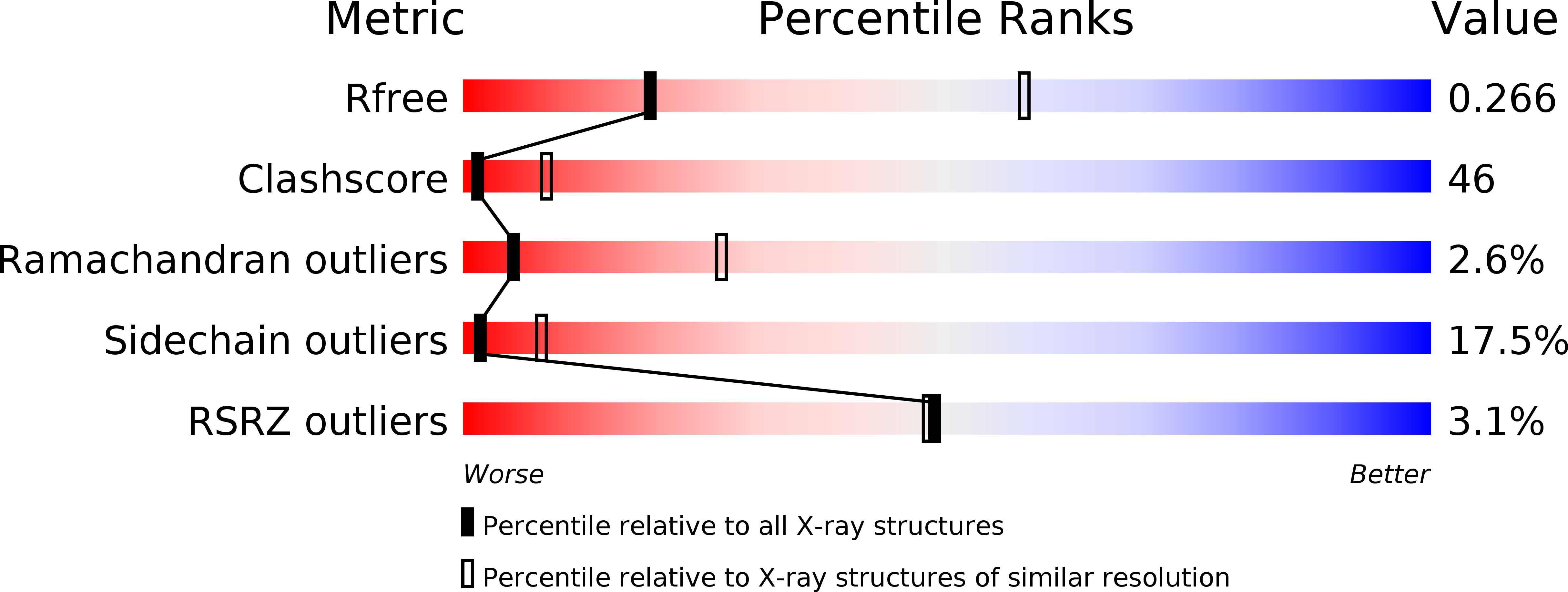
Deposition Date
2000-11-01
Release Date
2002-02-27
Last Version Date
2024-11-20
Method Details:
Experimental Method:
Resolution:
3.30 Å
R-Value Free:
0.27
R-Value Work:
0.22
Space Group:
C 2 2 21


